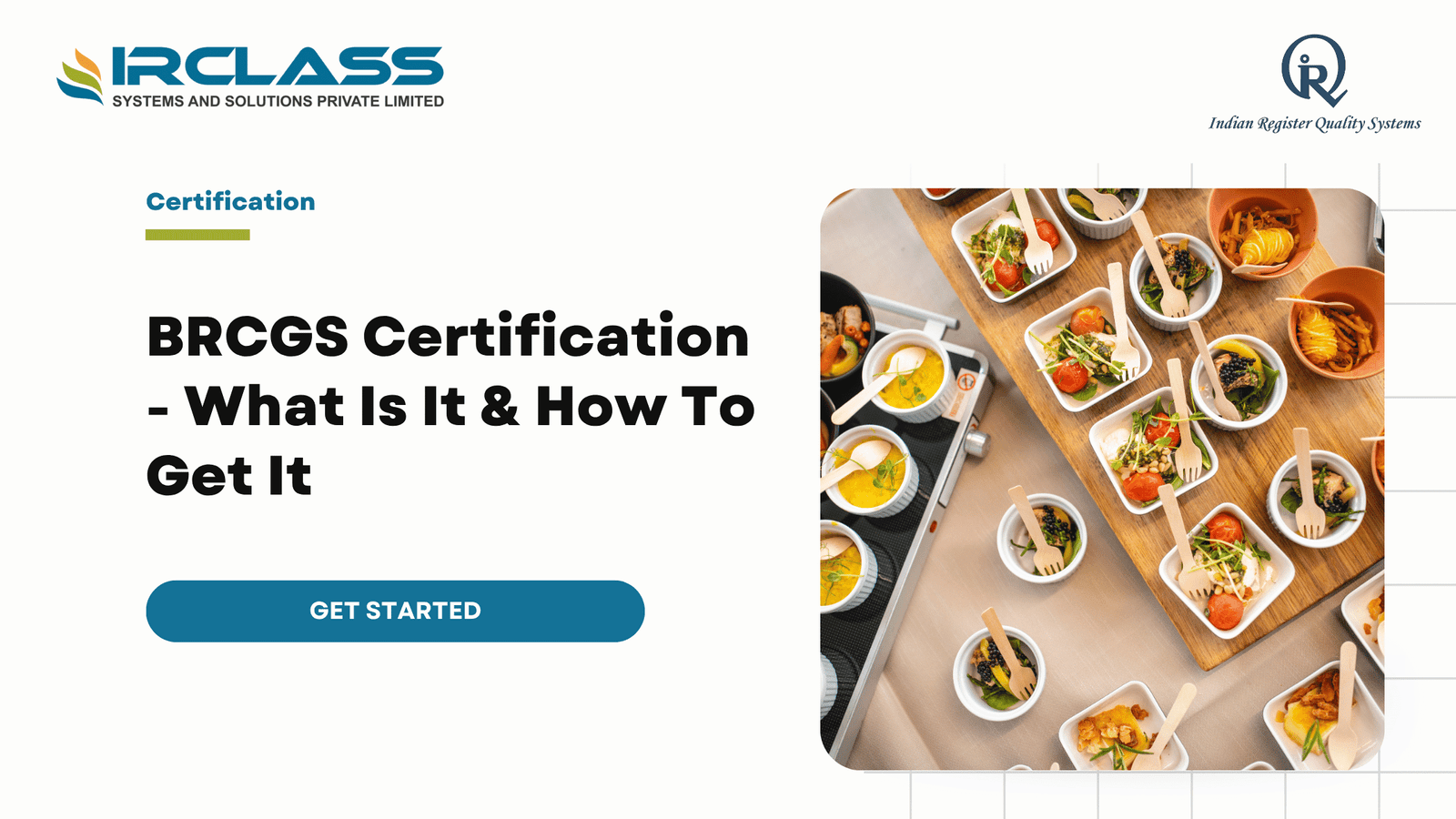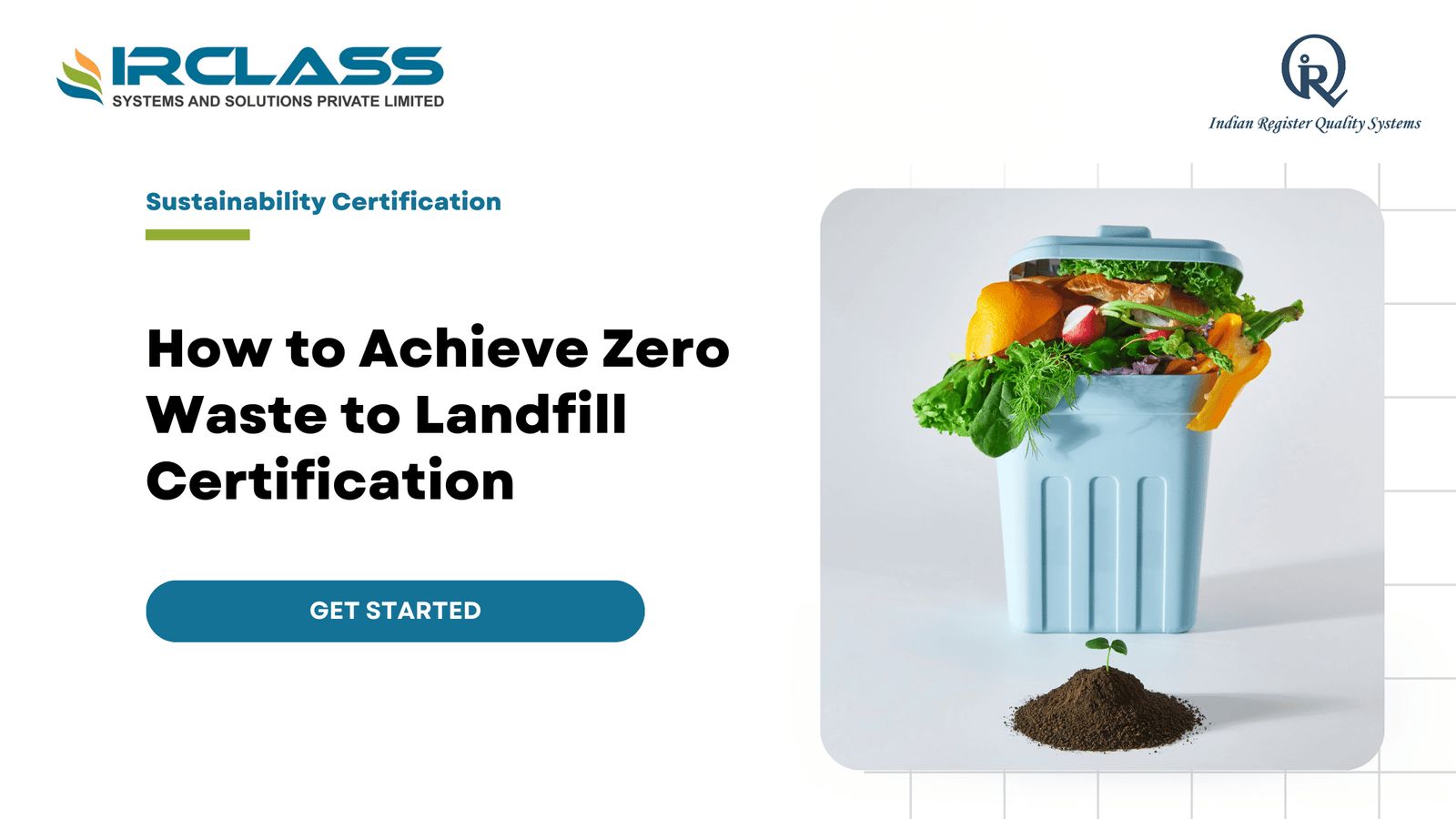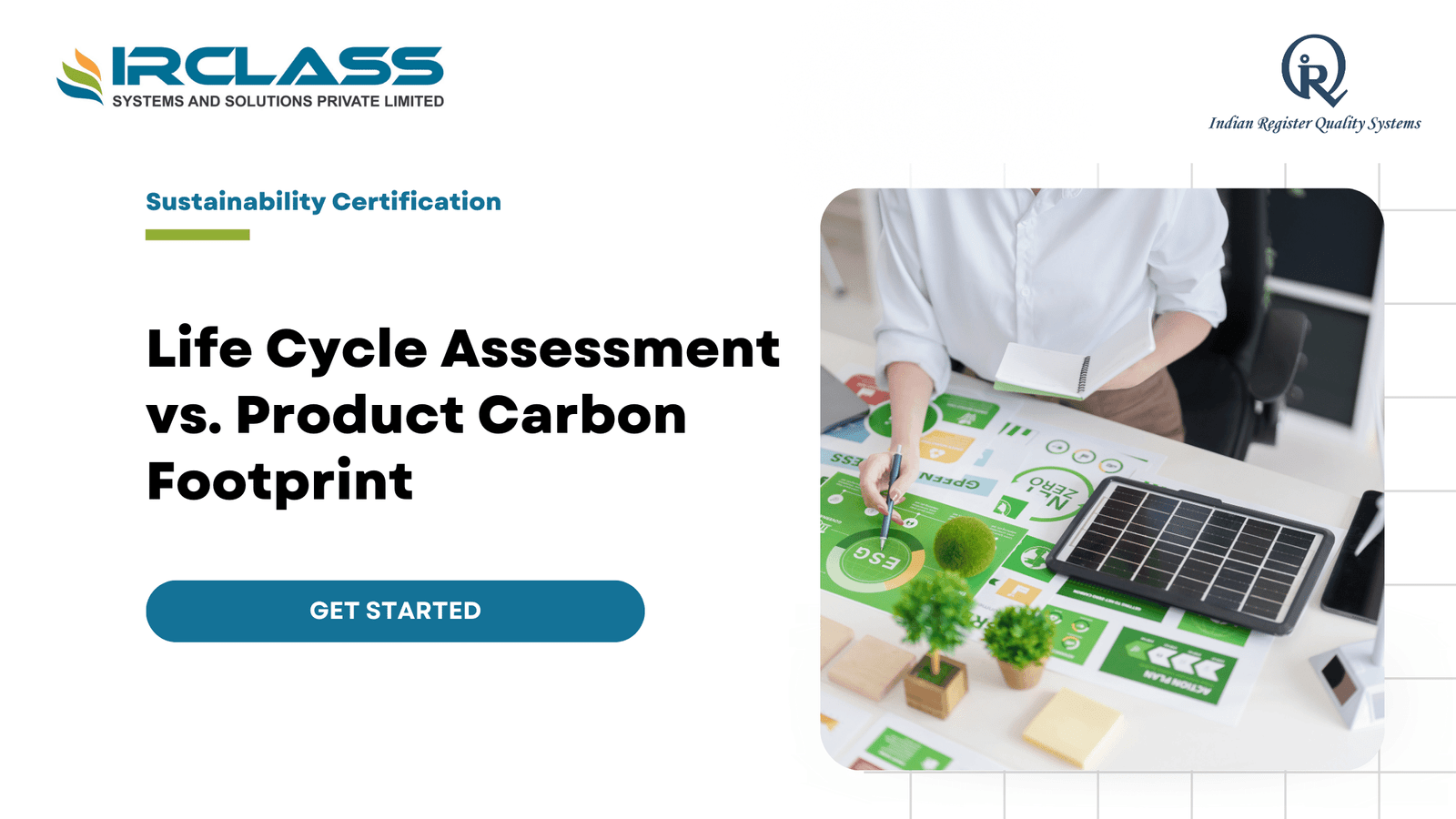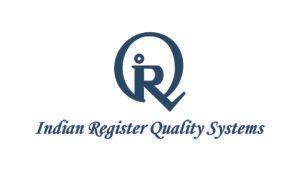Tag: BRCGS Certification for Food Industry

Step-by-Step Guide to BRCGS Certification for Food Businesses
Now that food safety is important both to the law and to customers, businesses in food production must demonstrate their care for quality and hygiene. If you are in the food industry as a manufacturer, processor, packer or distributor, getting a globally accepted certification can increase your reputation and help you access new markets. The BRCGS (Brand Reputation through Compliance Global Standards) certification is a highly respected food safety standard around the globe. Many retailers, manufacturers and food service companies around the world rely on BRCGS certification to manage food safety, quality and comply with laws. What is required to achieve BRCGS certification? This guide explains all the necessary steps, starting with learning about the standard and ending with keeping your business compliant over time. What Is BRCGS Certification? BRCGS is short for Brand Reputation Compliance Global Standards. Originally developed by BRC, it is now a respected brand that establishes strict rules for food safety, packaging, storage, and consumer items around the world. Food manufacturers and processors use the BRCGS Food Safety Standard, which is approved by the GFSI and recognized globally. With certification, food businesses can handle safety, integrity, legality, and quality using an official framework. Besides the badge, it gives retailers, suppliers, and consumers the confidence that your products are the best in the industry. What You Need to Know Getting BRCGS certification gives a business an advantage in the international food market. Retailers and supermarkets may require you to have it. With certification, your internal operations are improved, your team becomes more aware, products are easier to track, and the risk of recalls or legal problems is lowered. Because a single food safety scandal can destroy a brand, having an effective and approved food safety system is now vital. The first step is to learn about the BRCGS Food Safety Standard First, download the latest edition of the BRCGS Global Standard for Food Safety. Read through it carefully to understand what your business will be judged on. The standard is based on various parts, including top management support, HACCP, food safety and quality systems, and good manufacturing practices (GMPs). It is necessary for leadership and quality teams to align with everything the standard sets out—from how documents are handled to how production is managed. Step 2: Perform a Gap Analysis After that, you should conduct a detailed gap analysis. Comparing your current system to the BRCGS requirements is part of this process. A gap analysis points out any issues, non-conformities, or missing processes that may affect your chances of being certified. For every gap, document it and establish a clear plan to fix it. This allows you to start making improvements in your system. Step 3: Develop or Improve Your Processes for Food Safety As soon as areas for improvement are found, update or create your Food Safety Management System (FSMS) to fulfill BRCGS requirements. These policies, procedures, records, and manuals should be based on the standard. Key elements usually include: Your FSMS needs to be carefully organized, recorded, and implemented in daily operations—not just written down. Step 4: Inform and Train Your Workforce Your certification relies on the success of the people you work with. All staff members involved in production, quality assurance, warehousing, and management should be trained on the BRCGS standard and your FSMS. Topics covered in training might include food hygiene, personal hygiene, cross-contamination, cleaning procedures, and the company’s reporting system. It is important to set up training regularly to cover new risks, updates to processes, or changes in the standard. Step 5: Carry Out Internal Audits Conduct internal audits in all departments before the official audit takes place. This gives you a chance to identify areas for improvement and simulate the real audit experience. Review your documentation, observe operations, interview employees, and document findings. Any non-conformities should be investigated and corrected with proper action plans. Step 6: Pick a Certification Body Now it’s time to select a certification body that is BRCGS-accredited. You need to find one with expertise in your sector and the ability to interpret the standard as it applies to your company. Collaborate with your chosen body to set the audit date, assess your readiness, and determine required documentation. Step 7: Plan and Set Up the Certification Audit Most often, your first audit is an announced audit. All parts of your food safety system will be assessed during the audit, including: All clauses in the BRCGS standard will be reviewed by the auditor. The results determine your grade—AA, A, B, or C. A higher grade increases credibility and can influence how often audits are required. Step 8: Address Any Non-Conformities Should non-conformities be found during the audit, don’t panic. You’ll have the opportunity to respond. Submit corrective action plans and supporting evidence within the defined period (usually 28 days). Once your application is approved, your certification will be granted. Step 9: Share Your Certification After receiving your BRCGS certificate, it’s important to share the news. Include the certification in your marketing materials, inform your clients, and update your website. For many retailers and distributors, this certification is a prerequisite to doing business. Step 10: Maintain and Improve Achieving BRCGS certification means committing to continuous improvement. To ensure ongoing compliance: By consistently improving, your business remains compliant, resilient, and ready for growth. Step 11: Recertify Your System Your BRCGS certification is typically valid for 12 months. A recertification audit is required before it expires. This process verifies that your organization maintains consistency and demonstrates ongoing improvement. Depending on your previous performance and risk level, recertification audits may be unannounced. You should always keep your food safety systems audit-ready. Usual Problems and How to Solve Them Some businesses face challenges like staff turnover, missing documentation, or lack of leadership involvement. These can jeopardize your certification efforts. The key to overcoming them lies in: Avoid shortcuts—they may lead to failed audits, financial losses, and damaged reputations. In Conclusion Gaining BRCGS certification is not only about following rules—it’s about enhancing your business.

The Importance of BRCGS Certification in the Food Industry
Food safety is a vital aspect and matters the most in the food supply chain. It is essential to review the specific packaging material standards because they play a prime role in ensuring food safety and hygiene. It helps an organization to get recognized as a trusted supplier. The BRCGS Global Standard for Packaging Materials is ideal for food-based brands and helps demonstrate the best quality products. Ensure optimal quality assurance, legal compliance, and authenticity with BRCGS certification. About BRCGS – BRCGS was founded in 1996 by Brand Reputation through Compliance Global Standards. The certification is part of a renowned body operating with a set of safety standards and certification schemes across the globe. The BRCGS Food Safety and BRCGS Packaging and Packaging Materials are among the most prominent schemes. BRCGS certification exhibits the best manufacturing practices to be benchmarked. It helps deliver optimal assurance of high quality and safety across the dynamic food supply chains. Both industry specialists and consumers can vouch for the reliability and integrity of the globally acknowledged certificates on food and its ingredients. Prime areas of concern The certification framework has become a world choice and more than 22,000 sites in the world have adopted the BRCGS Global Food Safety Standard. It is recognized by the Global Food Safety Initiative (GFSI). The food certification incorporates international and local regulations and has been developed by food industry experts, including – retailers, manufacturers, and food services organizations. The certification exhibits a robust framework based on the various aspects related to product safety, integrity, legality, and quality. With well-defined operational controls for the manufacturing, ensure the best control over food packaging and food ingredients. BRCGS food safety focuses on – The framework is efficient and covers more than one area of food safety services. The prime aspects are – Food and packaging industry – Know the significance. The BRCGS Packaging Materials Global Standard is ideal for a manufacturer producing packaging materials for different products. The product range can vary from food to consumer goods. It is suitable and specifically designed to provide a world-class standard with maximized efficiency and effectiveness. It is an excellent tool for the packaging industry, and it ensures optimal consumer safety and compliance avoiding legal hassles. This standard was developed by the British Consortium or BRC, in partnership with The Packaging Society. There are two categories of operations, including – BRCGS packaging standard reviewing the following – Capture the vegan market with BGRS. The taste is evolving, and more people are turning vegan and choosing a vegetarian diet. In the fast-growing global plant-based markets, BRCGS brings the ideal solution. It provides a Plant-Based Certification based on the skills, expertise, and scientific knowledge of the food safety programs. The BRCGS plant-based certification program helps the manufacturing units to develop plant-based foods. It is an effective choice for the comprehensive management system approach. The BGRS program includes operational norms that guarantee optimal safety for plant-based products. Ensure the elimination of animal-origin material in vegan food products with maximized quality controls. It is convenient to add to the GFSI benchmarked Food Standard or Global Markets Program on the intermediate level, demonstrating the best commitment to serve the plant-based sector. BRCGS is efficient and keeps the clients informed with the well-documented and designed Plant-Based Trademark. Better business opportunities It is paramount to assess the service potential of food suppliers. One can find an efficient solution to assess the professional capabilities of the suppliers with the certification framework. There are many brand owners, retailers, food service companies, and manufacturers willing to acquire the BRCGS certification. But it needs a systematic solution. Whether it is a local brand or operating in an emerging global market, the BRCGS-certified packaging producer helps significantly. It boosts the product quality to earn customer trust in the long run. Working with a BRCGS-certified packaging producer pushes the standards of product safety. Additionally, it helps reduce waste, complaints, and returns. The practical benefits of the BRGS certification make it the ideal solution for manufacturers in the industry. The BRCGS certification enhances the prospects for a brand and boosts the international recognition for their product quality. It also amplifies the production to the next level. The standard safeguards the brands and consumers, assuring optimal operational guidelines and product quality and safety norms. If you are a food producer, supplier, or distributor and want to associate with large retailers, consider getting certified. The packaging must be BRCGS-certified to meet global standards and expectations. Closing note – Enjoy the diverse benefits. Make the best choice with the globally acknowledged certification and connect a single-standard third-party certification for quality standards and safety evaluation. It will help you reduce the cost, effort, and time. Enhance business performance with systematic solutions and boost the continuous improvement process. It results in increased efficiency of the operational process. Maximize the competitive advantage by following the globally accepted safety norms based on quality, hygiene, and food safety. Explore an opportunity to amplify the business and seek new markets with a robust BRCGS certification. Develop a trustworthy brand and gain customer confidence by establishing a self-improving quality, hygiene, and product safety system. Make the best choice by acquiring the certification systematically.
Search
Useful Links
Recent Posts

What Is Zero Liquid Discharge (ZLD) and How Does It Work?

How to Achieve Zero Waste to Landfill Certification: Step-by-Step Guide



